AFI
SOURCE: AFI

Earlier this year, Baba Kalyani, Chairman and Managing Director (CMD) of Bharat Forge, sent ripples through the Indian defense sector with a bold announcement: the company is developing a light tank under 25 tonnes. This move signifies a significant step towards self-reliance in India’s military hardware production.
The project has captured the imagination of defense enthusiasts, with a purported CAD image of the light tank circulating online. While the image’s authenticity remains unconfirmed, it offers a glimpse into the potential features of this innovative vehicle.
Continue readingSOURCE: AFI

AeroArc, a leading robotics company based in New Delhi, has successfully completed the delivery of 100 Robotic Mules to the Indian Army. These advanced ground robots are designed to enhance the capabilities of soldiers in a variety of operational environments.
The Robotic Mule is a versatile and durable platform that can navigate challenging terrains, including stairs, steep hills, rocks, and debris fields. Its IP-67 rating ensures ruggedness and reliability even in extreme weather conditions. The robot can operate effectively in temperatures ranging from -40 to +55 degrees Celsius, making it suitable for deployment in diverse geographical regions.
Continue readingSOURCE: AFI

The Defence Research and Development Organisation (DRDO) has achieved a significant milestone in India’s aerospace industry with the successful development of indigenous high-pressure compressor (HPC) drums for aero engines. This breakthrough technology will reduce dependency on foreign suppliers and strengthen India’s self-reliance in defense manufacturing.
HPC drums are critical components of aero engines, subjected to extreme stresses and temperatures during operation. Their timely replacement is essential for maintaining engine performance and safety. Traditionally, India has relied on foreign manufacturers for these high-value components.
Continue readingSOURCE: AFI

In 2015, then Defence Minister Manohar Parrikar issued a stark warning regarding the escalating costs of procuring the Rafale fighter jets from French manufacturer Dassault Aviation. For over three years, Dassault had been negotiating with India’s Ministry of Defence (MoD) to sell the Indian Air Force (IAF) 126 Rafale fighters, but the talks had reached a standstill, mainly due to the high cost of the aircraft and concerns about the terms of local production. Parrikar emphasized the need for a cost-effective deal, signaling that India could not afford to ignore the financial burden of the acquisition.
During a press conference, Parrikar made it clear that the IAF needed to consider the financial aspect of its fighter jet procurement, stating, “It is not always… go and purchase it. A cost-effective purchase is also important.” Though he refrained from disclosing the exact costs being negotiated, he raised concerns about the impact on India’s defense budget. “Whether it is Rs 40,000 crore, or Rs 50,000 crore or Rs 1 lakh crore, we are speaking about 50 per cent of the capital budget of the defence services,” he pointed out, underscoring how the Rafale deal could potentially consume half of India’s defense capital budget.
Continue readingSOURCE: AFI
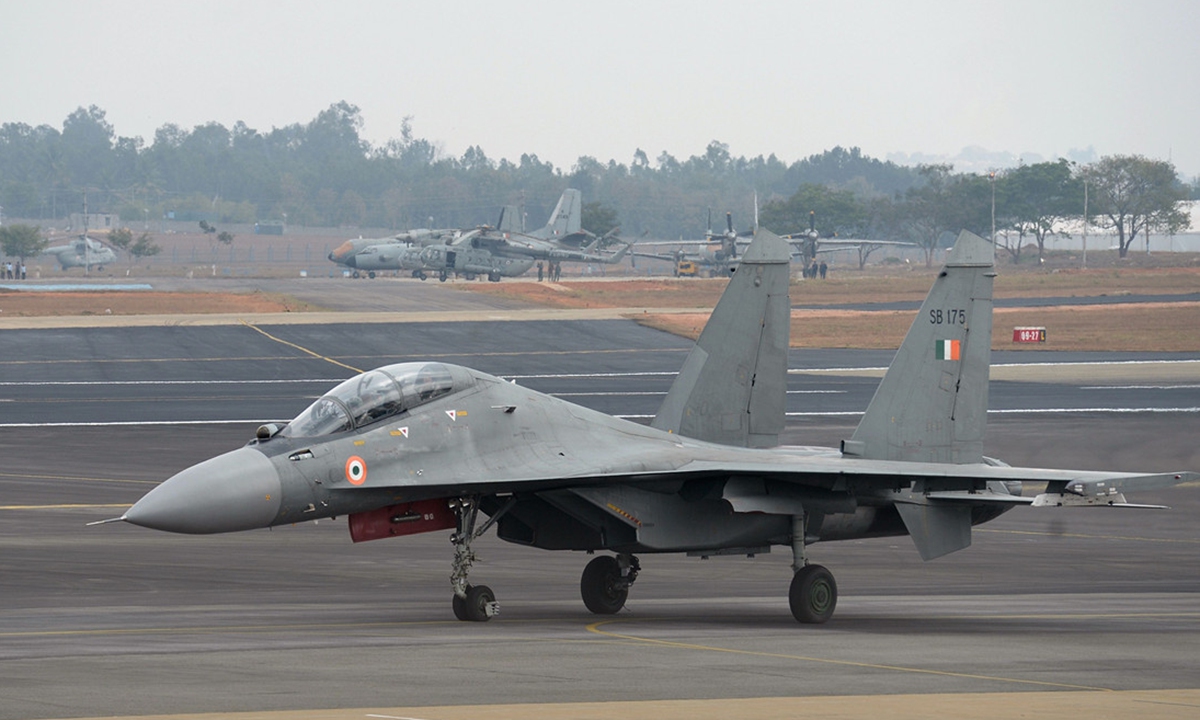
The Global Times, a state-run Chinese newspaper, has criticized India’s perception of China as a military rival. Following recent statements by the Indian Air Force chief, the Global Times argued that India should not view China’s military development with suspicion.
Indian Air Chief Marshal AP Singh had previously stated that India “lags behind” China in military technology and defense production. He expressed concern about China’s growing air combat advantage along the border and called for accelerated development of India’s indigenous defense industry.
Continue readingSOURCE: AFI

Named after a powerful warrior from the Hindu epic Ramayana, Prahasta is more than just a machine; it’s a tactical asset designed to enhance the capabilities of the Indian armed forces. Prahasta’s versatility is unparalleled. Equipped with advanced AI and LIDAR technology, it can navigate complex terrains, identify threats, and engage in combat autonomously. Its quadruped design allows it to traverse rough terrain, making it ideal for operations in diverse environments.
While primarily designed for military applications, Prahasta’s capabilities extend beyond warfare. It can be used for humanitarian missions, disaster relief, and even border security, making it a valuable asset for various government agencies.
Continue readingSOURCE: AFI

Optiemus Unmanned Systems (OUS) has achieved a significant milestone in drone technology by successfully operating its Vajra series drones at an altitude of 19,000 feet at the Umling La pass, the world’s highest motorable road. This achievement underscores OUS’s commitment to developing advanced unmanned aerial vehicles (UAVs) for diverse applications, including military, surveillance, and search and rescue.
The successful trials at Umling La pass highlight the exceptional capabilities of OUS’s Vajra series drones. These drones demonstrated their ability to operate in extreme conditions, withstand high altitudes, and perform complex tasks such as loitering munitions and long-range surveillance. This achievement positions OUS as a leading player in the Indian drone industry.
Continue readingSOURCE: AFI
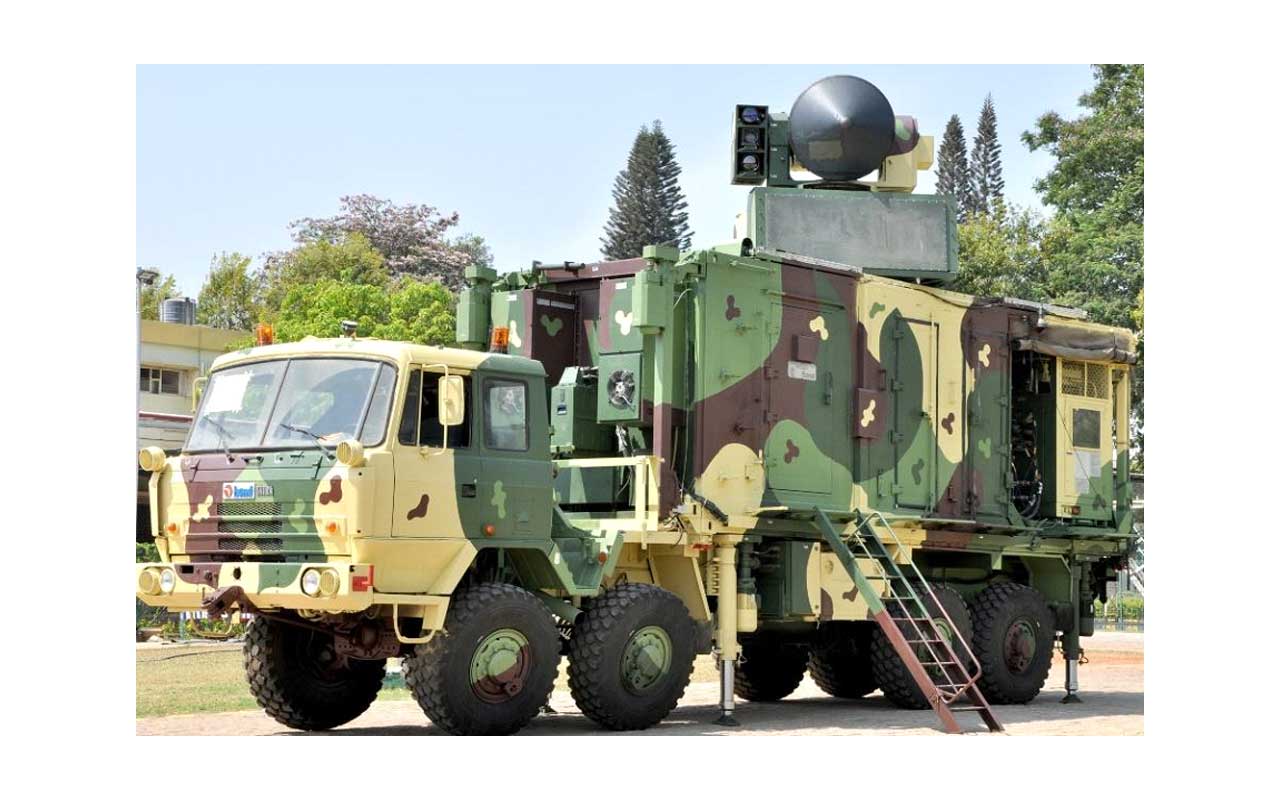
Bharat Electronics Limited (BEL), a key player in India’s defense and electronics sector, has announced the receipt of additional orders valued at over ?500 crores. This development further solidifies BEL’s position as a critical partner in bolstering the nation’s defense and communication infrastructure.
The newly secured orders span a range of defense-related equipment and systems, showcasing BEL’s diverse capabilities. The major orders include:
Continue readingSOURCE: AFI
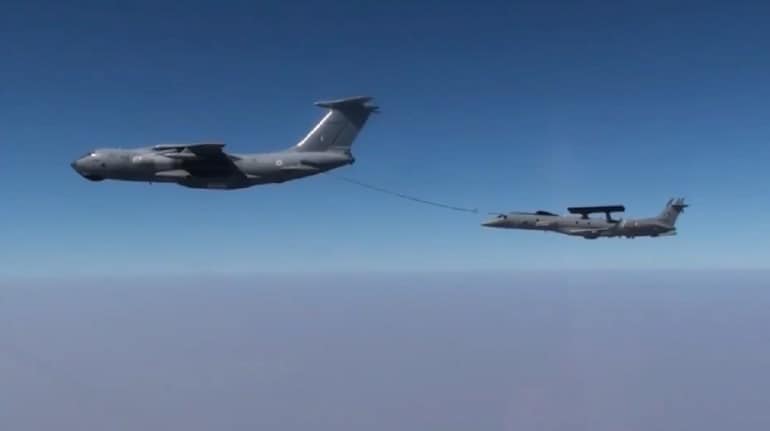
As the Indian Air Force (IAF) faces increasing security challenges in a complex geopolitical environment, it must make a strategic decision—whether to continue its pursuit of the Multi-Role Fighter Aircraft (MRFA) program for short-term capability expansion or to prioritize long-term investments in indigenous engine programs, force multipliers, and critical infrastructure. The IAF’s new leadership, like their predecessors, has consistently championed the need for more fighter squadrons. However, without robust support systems like airborne warning platforms, aerial refueling, and advanced engine programs, focusing on fighter numbers alone might leave the force unprepared for future conflicts.
The MRFA program, which envisions the procurement of 114 advanced fighters from foreign manufacturers, has been a constant topic of discussion among IAF Chiefs of Air Staff (CAS) over the past few years. The idea behind the program is to address the dwindling number of fighter squadrons and enhance the IAF’s combat capabilities. However, despite multiple public statements, the program has seen little tangible progress, largely due to budgetary constraints, the complex procurement process, and competing defense priorities.
Continue readingSOURCE: AFI

Saab, the Swedish defense and security company, has proposed its Sea Wasp Remotely Operated Vehicle (ROV) system to the Indian Navy for underwater mine clearance operations. The Sea Wasp, named after the highly venomous box jellyfish, is designed to effectively locate, identify, and neutralize improvised explosive devices (IEDs) in challenging underwater environments.
Saab is committed to continuously enhancing the Sea Wasp system to address emerging underwater threats. By collaborating with partners, the company aims to incorporate additional capabilities and technologies to ensure the ROV remains effective and relevant in the evolving maritime security landscape.
Continue readingSOURCE: AFI
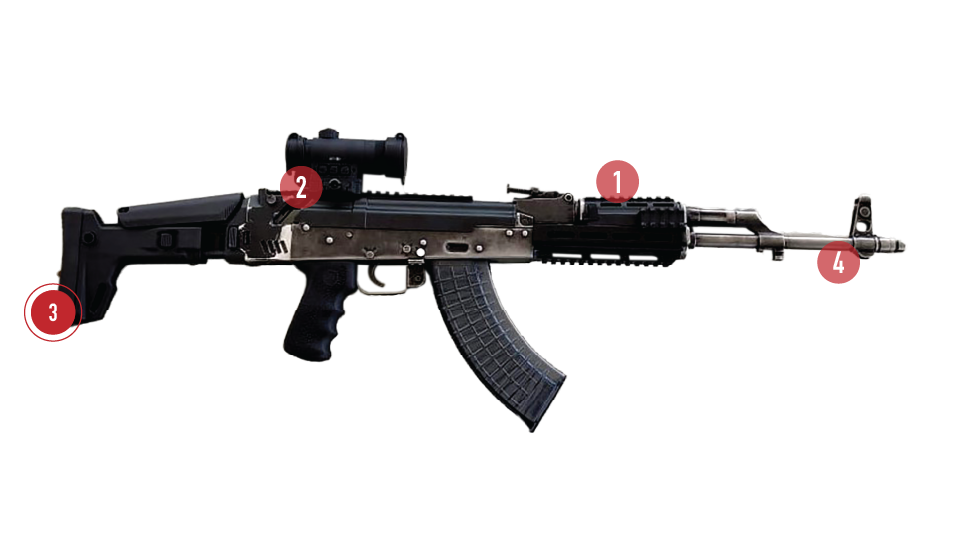
The National Security Guard (NSG), India’s elite counter-terrorism force, is set to bolster its arsenal with the acquisition of 100 AK Mod Kits from Bengaluru-based defense manufacturer, SSS Defence. These kits will be used to upgrade existing AK-47 assault rifles, enhancing their capabilities for specialized operations.
The AK-47, a legendary firearm renowned for its reliability and durability, has been a staple in the Indian Armed Forces for decades. Its widespread use ensures that soldiers are well-trained and familiar with its operation, minimizing training costs and time. Additionally, the availability of 7.62 x 39mm ammunition makes it a practical choice for Indian forces.
Continue readingSOURCE: AFI

The Military Engineering Services (MES) has partnered with MIDHANI (Mishra Dhatu Nigam Limited) to develop a bulletproof vehicle based on the Isuzu V-Cross platform. This high-end armored vehicle, designed for security and protection, is poised to set new standards in the Indian market.
The Isuzu D-Max V-Cross, a popular double-cab pickup truck in India, serves as the foundation for this armoured vehicle. The standard four-wheel drive system and robust construction make it an ideal platform for modifications. The base model is currently priced at ?19.68 lakh, and the top-of-the-line variant is available for ?23.74 lakh (on-road Delhi).
Continue readingSOURCE: AFI

Air Chief Marshal AP Singh, Chief of Air Staff (CAS), on Friday, emphasized the critical need for the Indian Air Force (IAF) to advance both the Multi Role Fighter Aircraft (MRFA) and Tejas MkII programs as part of its broader modernization strategy. Speaking at a press conference ahead of the IAF’s 92nd anniversary, Singh highlighted the importance of ensuring these programs stay on track to prevent any adverse impact on the IAF’s combat readiness.
The CAS noted that while the IAF is committed to inducting the indigenous Tejas MkII, which is set to enter production by 2028, the MRFA project is equally vital. The MRFA program, designed to acquire 114 multi-role fighter jets from global manufacturers, is intended to complement the Tejas MkII and fill the IAF’s capacity gaps.
Continue readingSOURCE: AFI
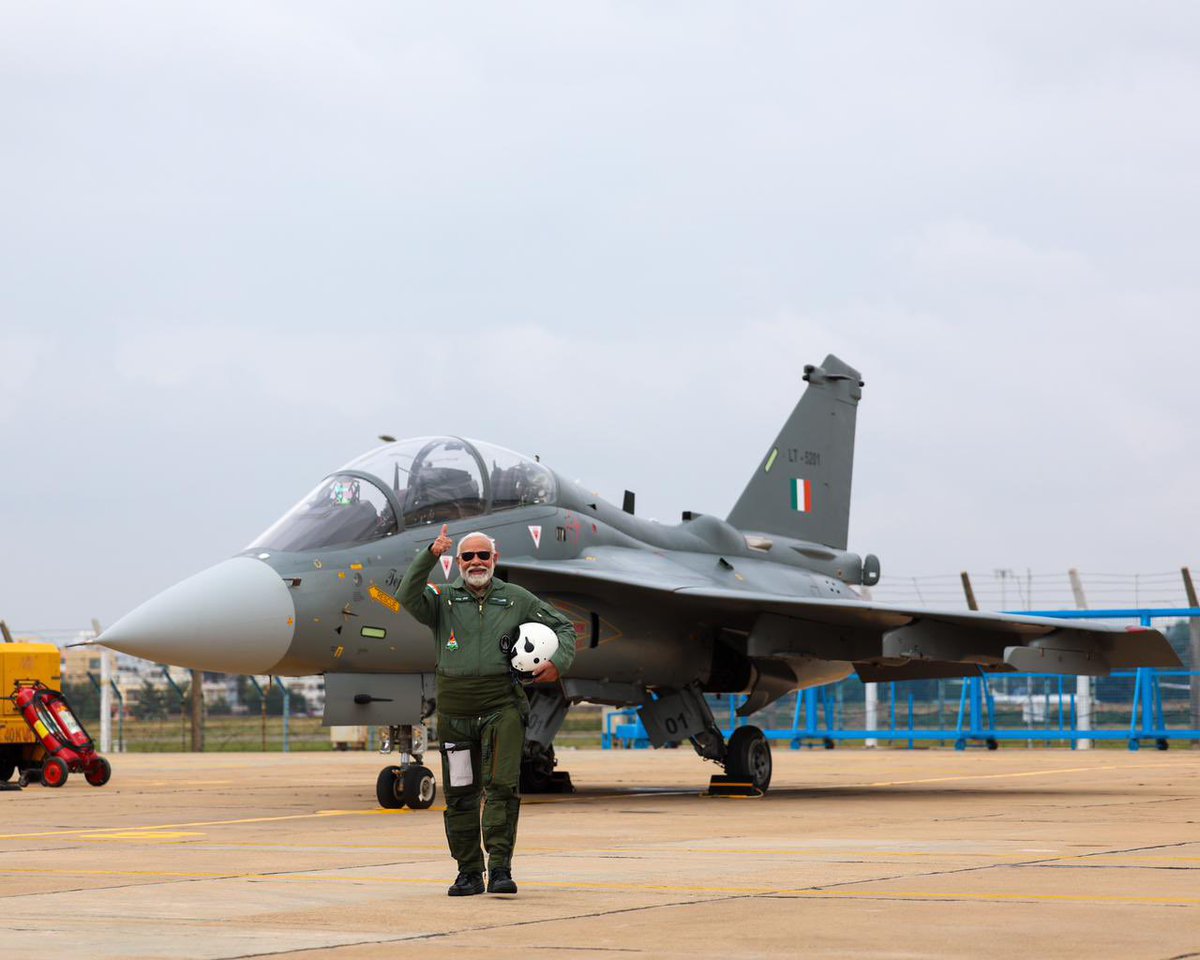
As Prime Minister Narendra Modi completes 11 years in office, the combat strength of the Indian Air Force (IAF) has reached an alarming low, with only 31 fighter squadrons in service including two Mig-21 Squadrons Such reduced squadron levels were last seen before the 1965 Indo-Pak war, a time when India’s air combat capabilities were significantly less advanced. While the IAF’s sanctioned strength stands at 42 squadrons, this target has not been met since 1996, when the IAF had 41 operational squadrons. Since then, successive governments have struggled to restore the numbers, and the Modi administration has been no exception.
Despite multiple procurement efforts and modernization drives, the IAF’s dwindling fighter fleet is a growing concern for national security, especially given the rising geopolitical tensions in the region. The Modi government’s inability to implement out-of-the-box solutions to replenish the IAF’s combat strength is increasingly seen as a failure in India’s defense strategy, with consequences that could weaken the country’s position in future conflicts.
Continue readingSOURCE: AFI

One of the most enduring mysteries in Indian aviation history remains the disappearance of an Indian Air Force (IAF) transport aircraft in the Indian Ocean. On March 25, 1986, a brand-new AN-32, purchased from the USSR, vanished without a trace while being ferried from Ukraine to India.
Wing Commander Ulliada Muddappa Bheemaiah and Wing Commander Emelian Augustin Fernandez were at the controls of the AN-32 (serial number K-2729) when it disappeared during the Muscat-Jamnagar leg of its flight. The aircraft was part of a trio of AN-32s being flown to India on that day.
Continue reading